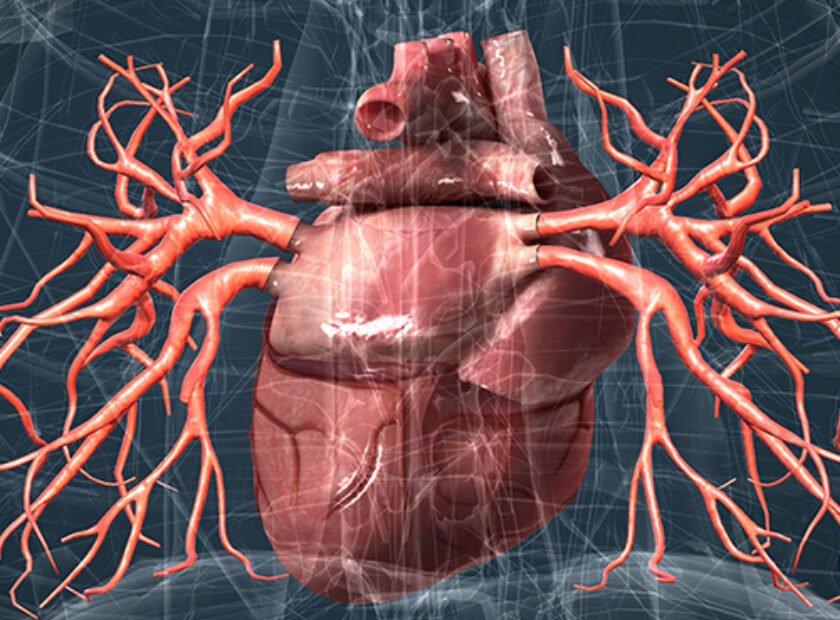Advances in Electrosurgical Techniques for Transcatheter Valve Therapies
Advances in Electrosurgical Techniques for Transcatheter Valve Therapies
Source: Medical News, September 6, 2025 – based on Cleveland Clinic’s official medical insights platform – Consult QD
1. Background & Impact
• Thousands of patients once ineligible for surgery or transcatheter therapy can now be treated.
• Electrosurgical techniques turn “no-option” cases into candidates for TAVR (aortic) or TMVR (mitral).
• These are “enabling technologies” that solve anatomical barriers which would otherwise make procedures impossible or extremely high risk.
2. Key Techniques & When the Danger Is Highest
• Transcaval
• Creates a controlled channel from vena cava → aorta to deliver TAVR when femoral/arterial access is unsuitable.
* BASILICA
• Deliberately cuts one aortic leaflet (native or bioprosthetic) before implanting a new valve.
• Prevents coronary obstruction — a rare but lethal complication with ~50% mortality.
• No danger of regurgitation, because the new transcatheter valve immediately takes over sealing and function.
• Risk scenario: when the aortic leaflets are bulky, long, or bioprosthetic, they may obstruct the coronary ostia during TAVR if not lacerated
* LAMPOON
• Cuts the anterior mitral leaflet before TMVR to prevent LVOT obstruction.
• Risk scenario: patients with a small LV cavity or an elongated anterior mitral leaflet that could block the LV outflow tract after valve implantation — a complication that can be rapidly fatal.
* SESAME
• Electrosurgical thinning or splitting of a thickened interventricular septum.
• Risk scenario: hypertrophic cardiomyopathy (HCM), bulky septum, or narrow LVOT that would make TMVR unsafe or impossible without septal modification.
3. Clinical Adoption
• BASILICA & Transcaval: performed in thousands of patients worldwide.
• LAMPOON: approaching 1,000 cases globally.
• Rapid uptake through training workshops, registries, and social media (many operators learned via published cases or videos).
4. Benefits
• Enable treatment for high-risk or previously inoperable patients.
• Prevent catastrophic complications:
• Coronary obstruction during TAVR.
• LVOT obstruction during TMVR.
• Expand the safe use of TAVR and TMVR to anatomies once considered prohibitive.


